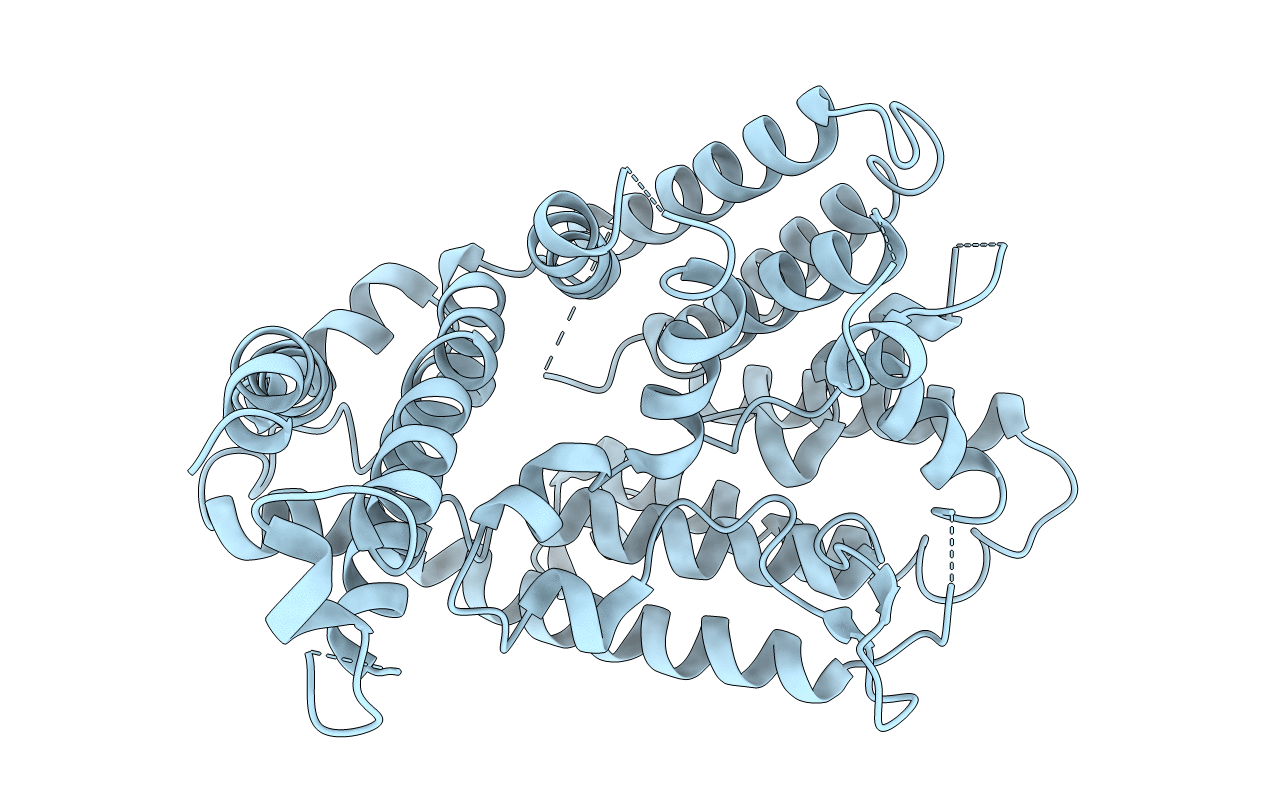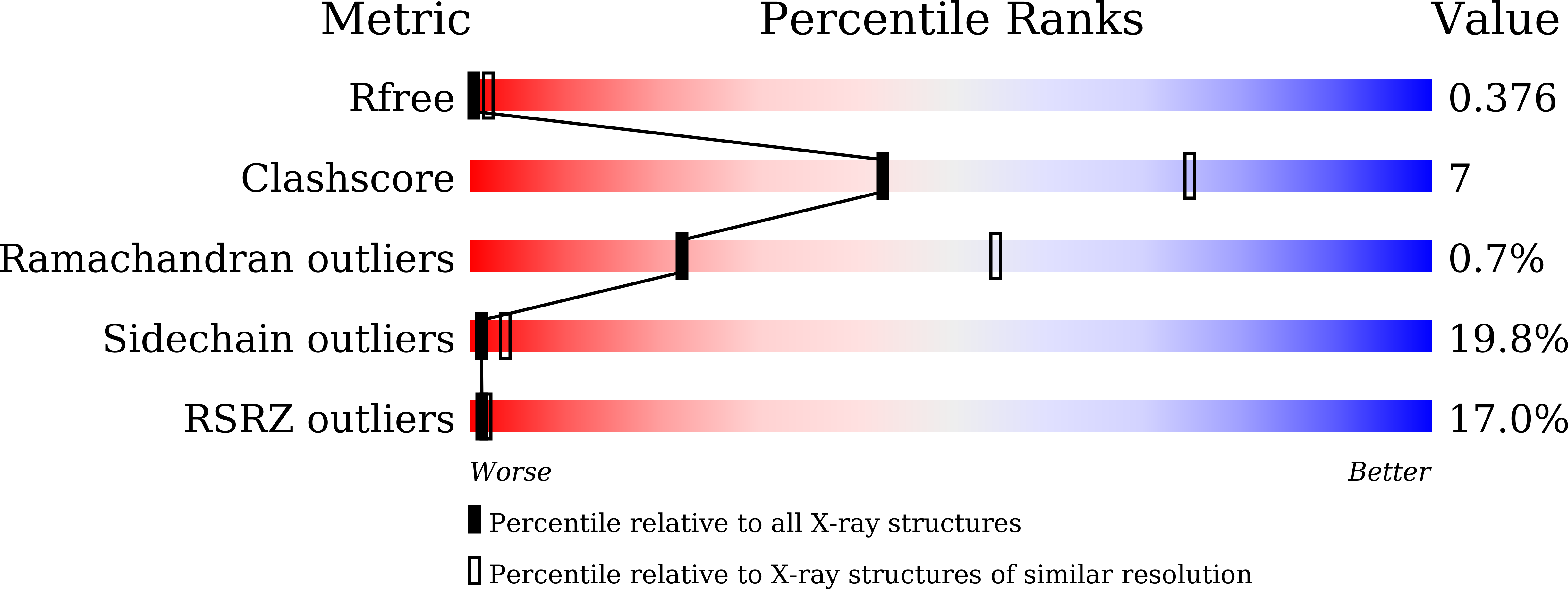
Deposition Date
2021-05-26
Release Date
2021-12-01
Last Version Date
2024-05-29
Entry Detail
PDB ID:
7EWT
Keywords:
Title:
The crystal structure of Lysophospholipid acyltransferase LPCAT3 (MOBAT5) in its monomeric and apo form
Biological Source:
Source Organism:
Gallus gallus (Taxon ID: 9031)
Host Organism:
Method Details:
Experimental Method:
Resolution:
3.40 Å
R-Value Free:
0.34
R-Value Work:
0.34
R-Value Observed:
0.34
Space Group:
P 21 21 21


